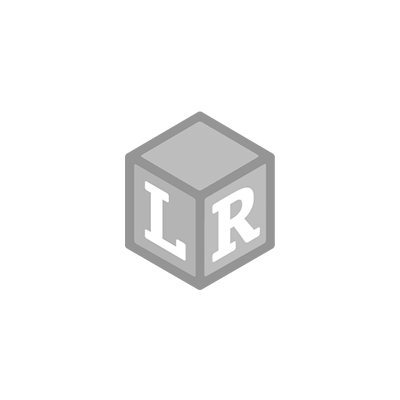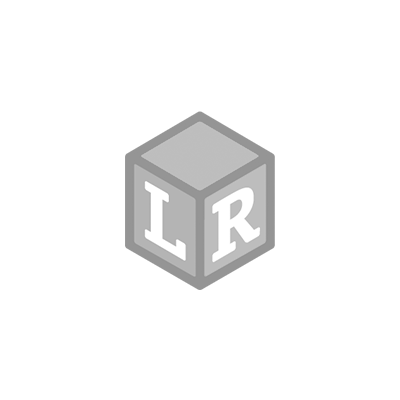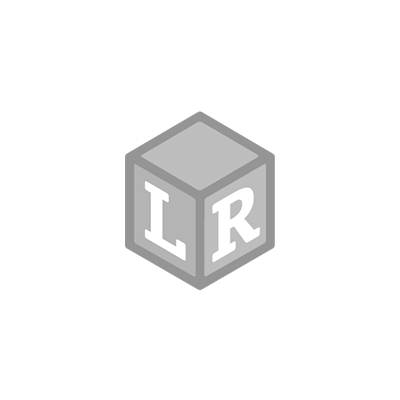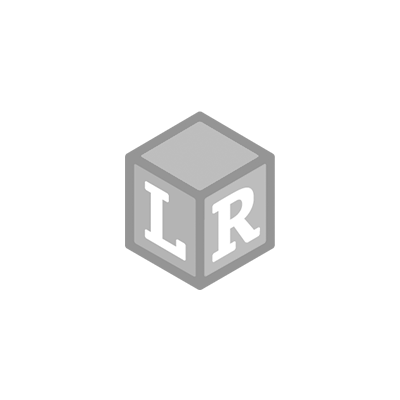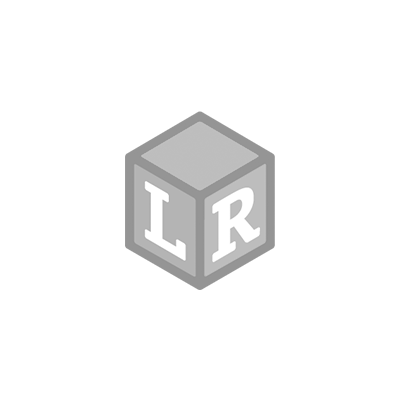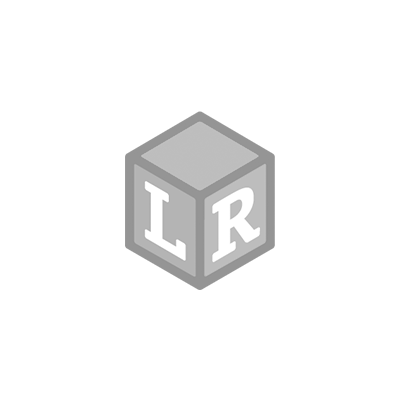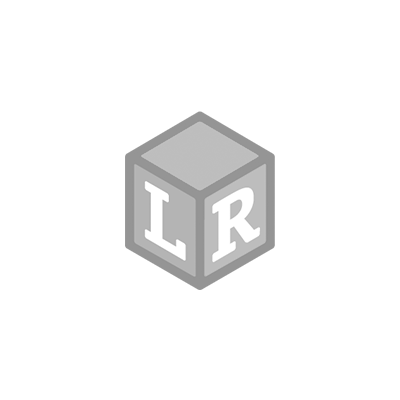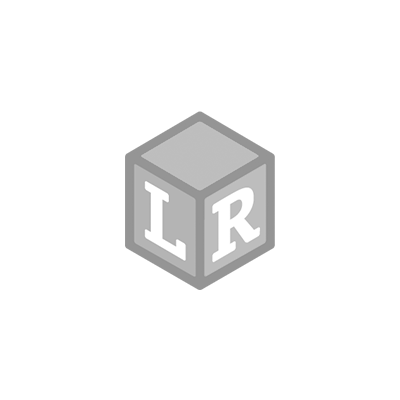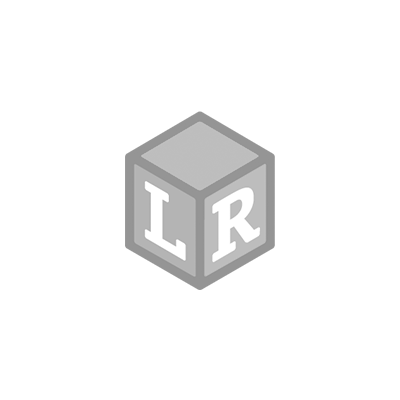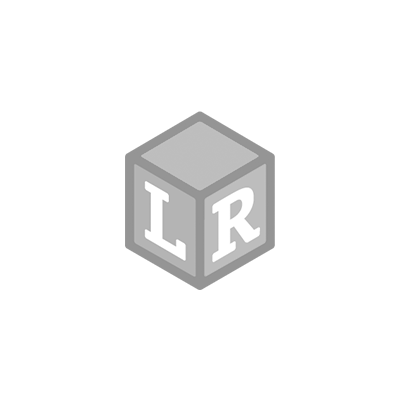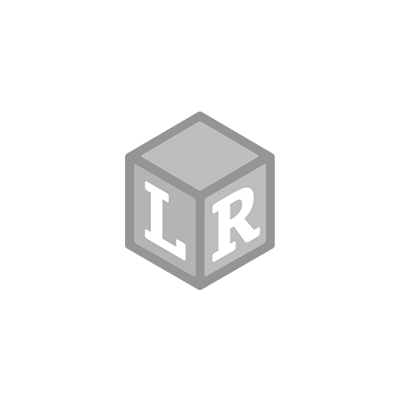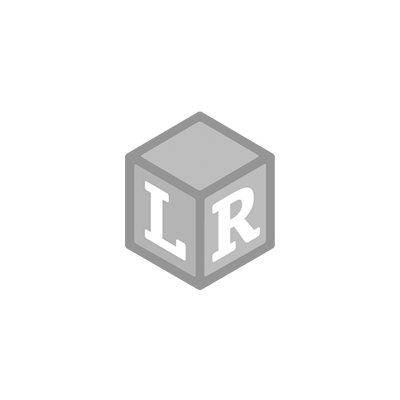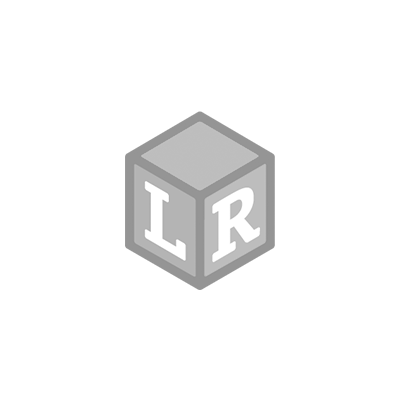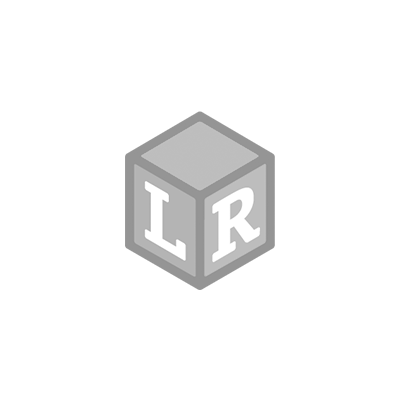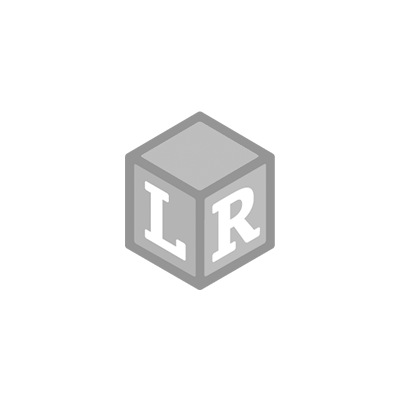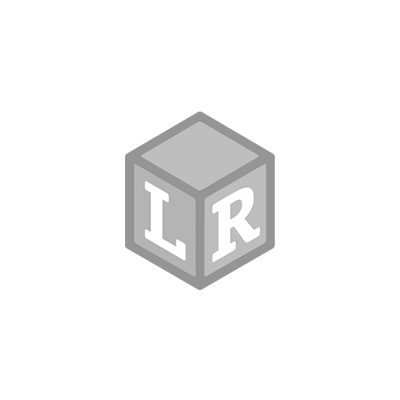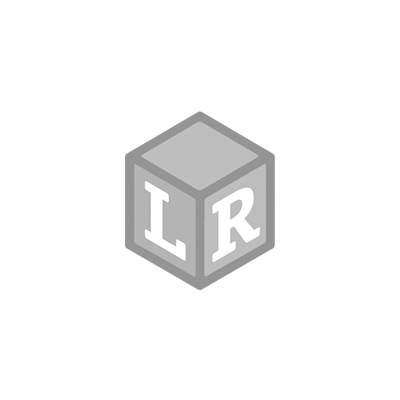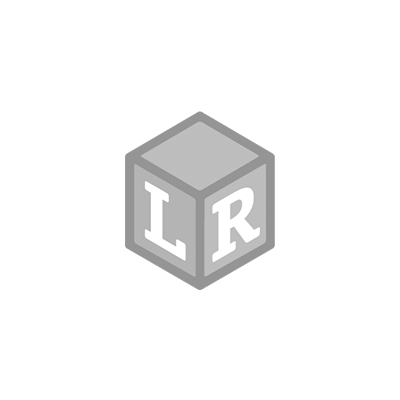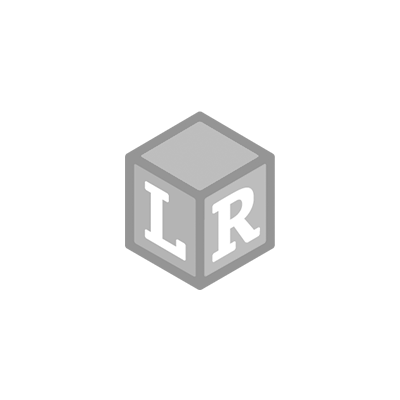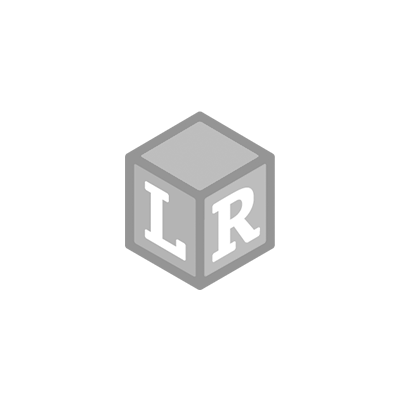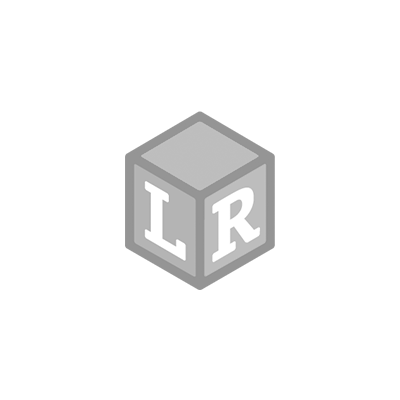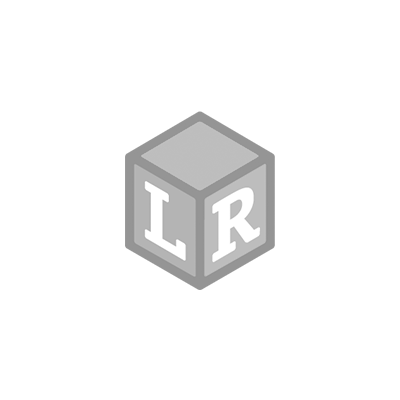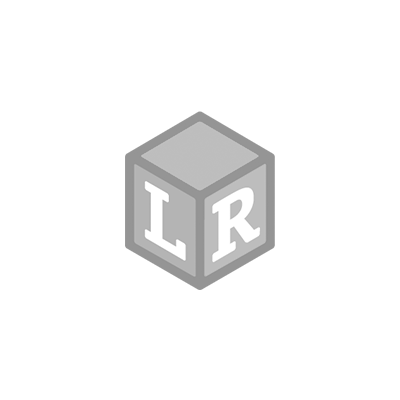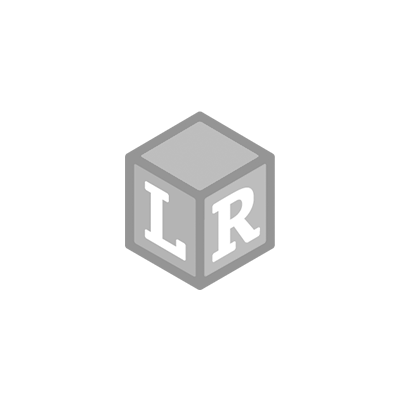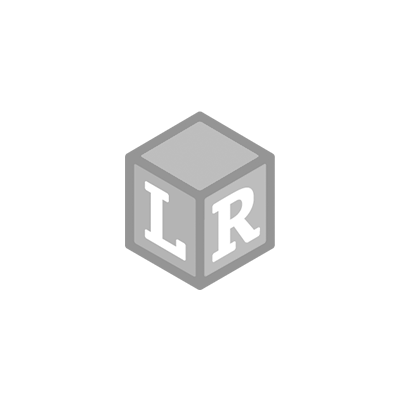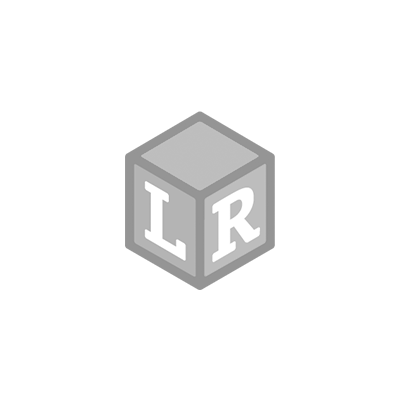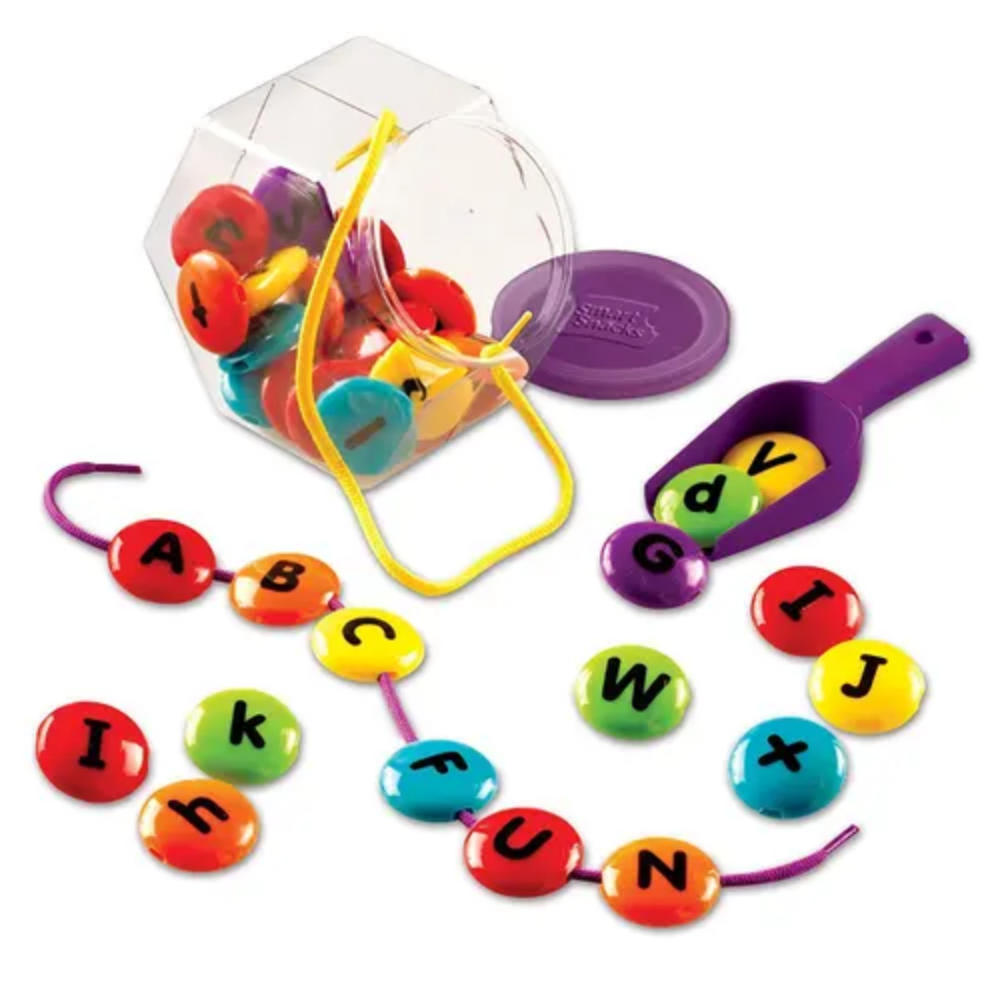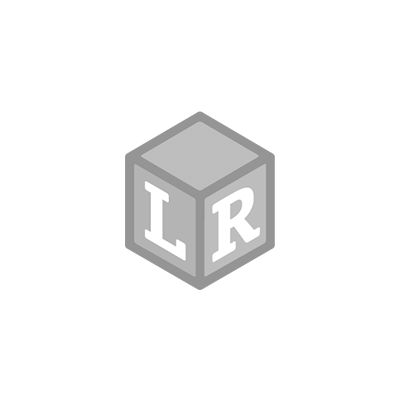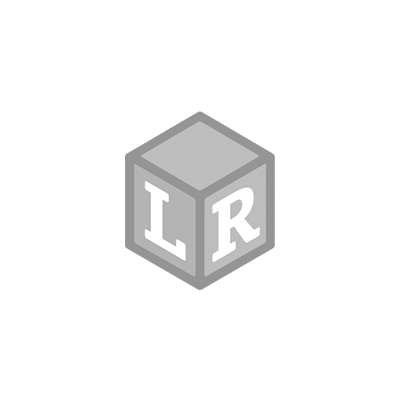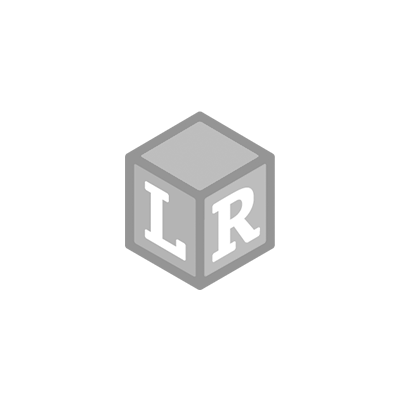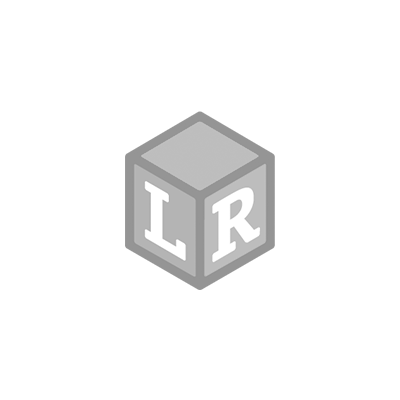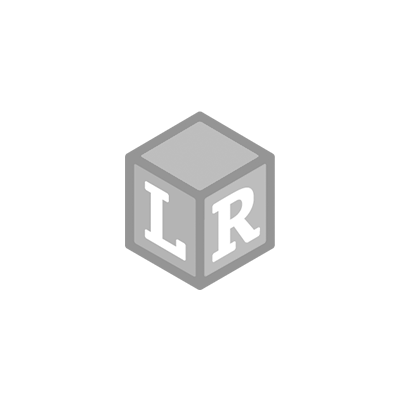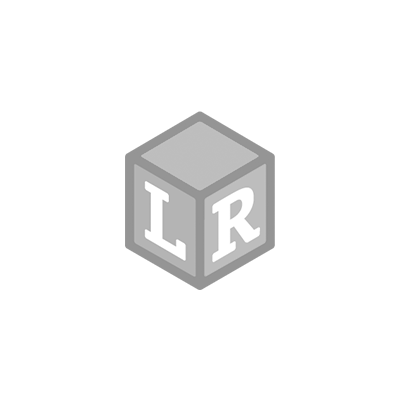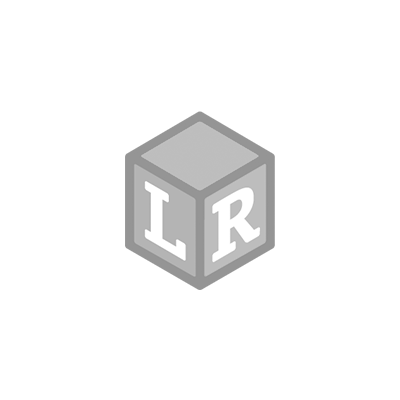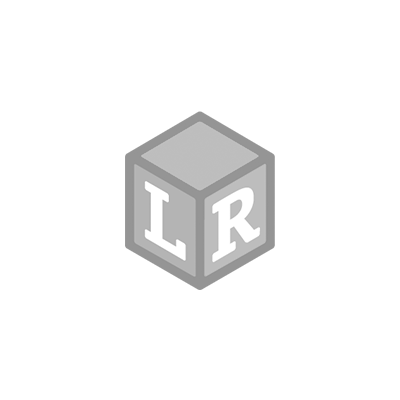
Building Someone Amazing Expert Series – Radical Rad Reading
- Gabrielle Fischer Posted On Sep 23, 2020 | Social-Emotional Learning
As you explore the world of letters and language this week, it’s important to understand the different ages and stages milestones that your little learners will build upon as they grow into amazing readers. With that in mind, we’ve collected some of the common development milestones associated with reading skills that you can use to track your kids’ progress. Debbie Kruse, a kindergarten teacher from Illinois, says that these kinds of checklists are valuable for understanding each individual child’s learning needs.
“By paying close attention to your kids’ development, you can get an early sense of their emerging skills,” Debbie said. “When you have an accurate picture of your kid's strengths and weaknesses, it makes it even easier to get them the focused support and enrichment they need to succeed going forward.”
The Building Blocks for 18-month-olds
At the beginning of their reading journey, there are a few important milestones that indicate your toddlers have a good grasp on early language skills. By 18 months, your toddlers should be:
- Demonstrating a familiarity with connecting ideas and images with words; for example, identifying at least two body parts or pointing to an object, picture, or person when they hear the names of those things.
- Toddlers should also be experimenting with their own verbal communication skills, hitting milestones like speaking phrases or sentences with two to four words or repeating words they’ve overheard from others.
- Your toddler should be enthused about reading; toddlers should request story time by bringing you books, or even pretend to read to parents, siblings, or imaginary friends.
The Building Blocks for 2-year-olds
As they grow into inquisitive 2-year-olds, your kids should begin showing more refined versions of the skills they started with six months ago.
- They’ll start to scribble and draw with more purpose, with lines and circles that seem to imitate words and letters and be able to answer simple questions.
- They’ll also become more engaged with their favorite stories, retelling the plot or repeating favorite phrases as well as noticing and correcting you if you make changes to familiar books.
The Building Blocks for 3-year-olds
At 3, your kids should start understanding the nuances of what makes language dynamic and interesting.
- They should start exhibiting an understanding of the concepts of “same” and “different,” as well as simple prepositions like “on,” “in,” and “under.”
- They’ll also take an increased interest in letters, showing off skills like recognizing the letters that make up their initials or understanding the difference between writing and drawing.
- Your kids should also be able to put these new skills to work in their verbal communication, speaking in simple sentences that are at least 75% understandable by strangers and singing along to the alphabet song when prompted.
The Building Blocks for 4-year-olds
As your kids leave their toddler years, they’ll bring their existing skills with them as they develop an even finer understanding of reading and language.
- They’ll start to understand things like future tense and recognize rhyming words.
- They’ll be able to name and identify most capital letters in the alphabet, follow along with writing from right to left, and take steps towards writing their own names.
- Once again, you’ll see these new skills in the way your kids communicate. By now, they should be able to share phrases and sentences that are 100% understandable to strangers; they’ll also practice retelling stories they’ve heard or telling even longer stories that they’ve made up themselves.
The Building Blocks for 5-year-olds
By the time your kids reach kindergarten age, they should be well-positioned to take their first steps toward the more academic side of reading and language.
- They’ll be able to pair letters with the sounds they make, make rhymes of their own, demonstrate understandings of vowels and consonants as they sound out simple words, and recognize words they know when they appear in books.
- When it comes to story time, your kids will also demonstrate an increased level of sophistication; they’ll be able to read simple words on their own, describe the characters and plot sequencing (beginning, middle, and end) of stories that they know, and use these skills to retell accurate stories about things they’ve done.
 Shop UK Site
Shop UK Site 
